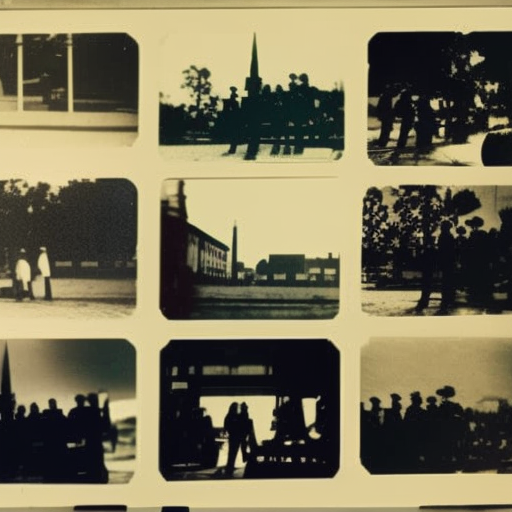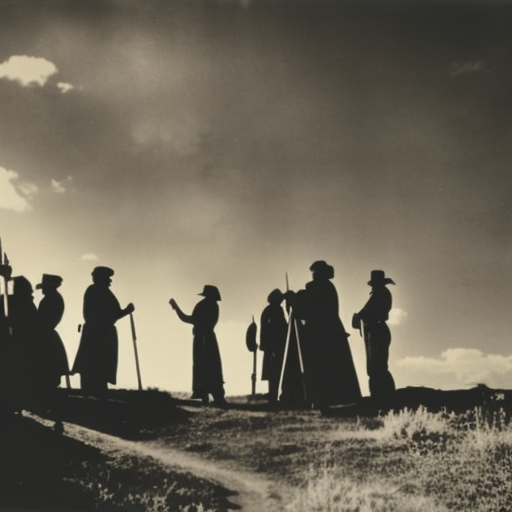The Neutrality Acts (1930s)
The Neutrality Acts were a series of laws passed by the United States Congress in the 1930s in an attempt to keep the country out of foreign conflicts, particularly those leading up to World War II. These acts were a response to the devastating effects of World War I and the desire to avoid being drawn into another global conflict.
First Neutrality Act (1935)
The first Neutrality Act was passed in 1935 and aimed to prohibit the sale of arms to countries at war. It also imposed an embargo on loans to belligerent nations. The act was a reflection of the sentiment prevalent in the United States at the time, which favored isolationism and non-intervention in foreign affairs.
Second Neutrality Act (1936)
The second Neutrality Act was passed in 1936 and expanded upon the provisions of the first act. It extended the arms embargo to include civil wars, and it also prohibited American citizens from traveling on belligerent ships. The act was a response to the Spanish Civil War, which was seen as a potential precursor to a larger conflict.
Third Neutrality Act (1937)
The third Neutrality Act was passed in 1937 and further strengthened the restrictions on American involvement in foreign conflicts. It included a “cash-and-carry” provision, which allowed belligerent nations to purchase non-military goods from the United States as long as they paid in cash and transported the goods on their own ships. This provision was intended to avoid entanglement in foreign conflicts while still allowing the United States to engage in trade.
Fourth Neutrality Act (1939)
The fourth Neutrality Act was passed in 1939 and repealed the arms embargo imposed by the previous acts. However, it maintained the cash-and-carry provision. This change was a response to the outbreak of World War II in Europe and the growing threat posed by Nazi Germany. The United States wanted to provide support to countries fighting against the Axis powers without directly involving itself in the conflict.
Final Neutrality Act (1941)
The final Neutrality Act was passed in 1941 and marked a significant departure from the previous acts. It allowed for the sale of arms to belligerent nations on a “cash-and-carry” basis, but it also gave the President the authority to extend credit to these nations if he deemed it necessary for the defense of the United States. This act was a response to the increasing aggression of the Axis powers and the realization that the United States could no longer remain completely isolated from the conflict.
While the Neutrality Acts were initially popular among the American public, they faced criticism for their perceived failure to address the growing threat of Nazi Germany and the need to support countries fighting against fascism. Many argued that the acts hindered the ability of the United States to provide assistance to those in need and ultimately delayed its entry into World War II.
In conclusion, the Neutrality Acts of the 1930s were a series of laws aimed at keeping the United States out of foreign conflicts, particularly those leading up to World War II. These acts imposed an arms embargo, restricted travel on belligerent ships, and implemented a cash-and-carry provision. While initially popular, the acts faced criticism for their perceived failure to address the growing threat of Nazi Germany. The final Neutrality Act of 1941 marked a significant departure from the previous acts, allowing for the sale of arms and extending credit to belligerent nations. Ultimately, the Neutrality Acts reflected the isolationist sentiment prevalent in the United States at the time but were eventually abandoned as the country became more involved in the global conflict.












